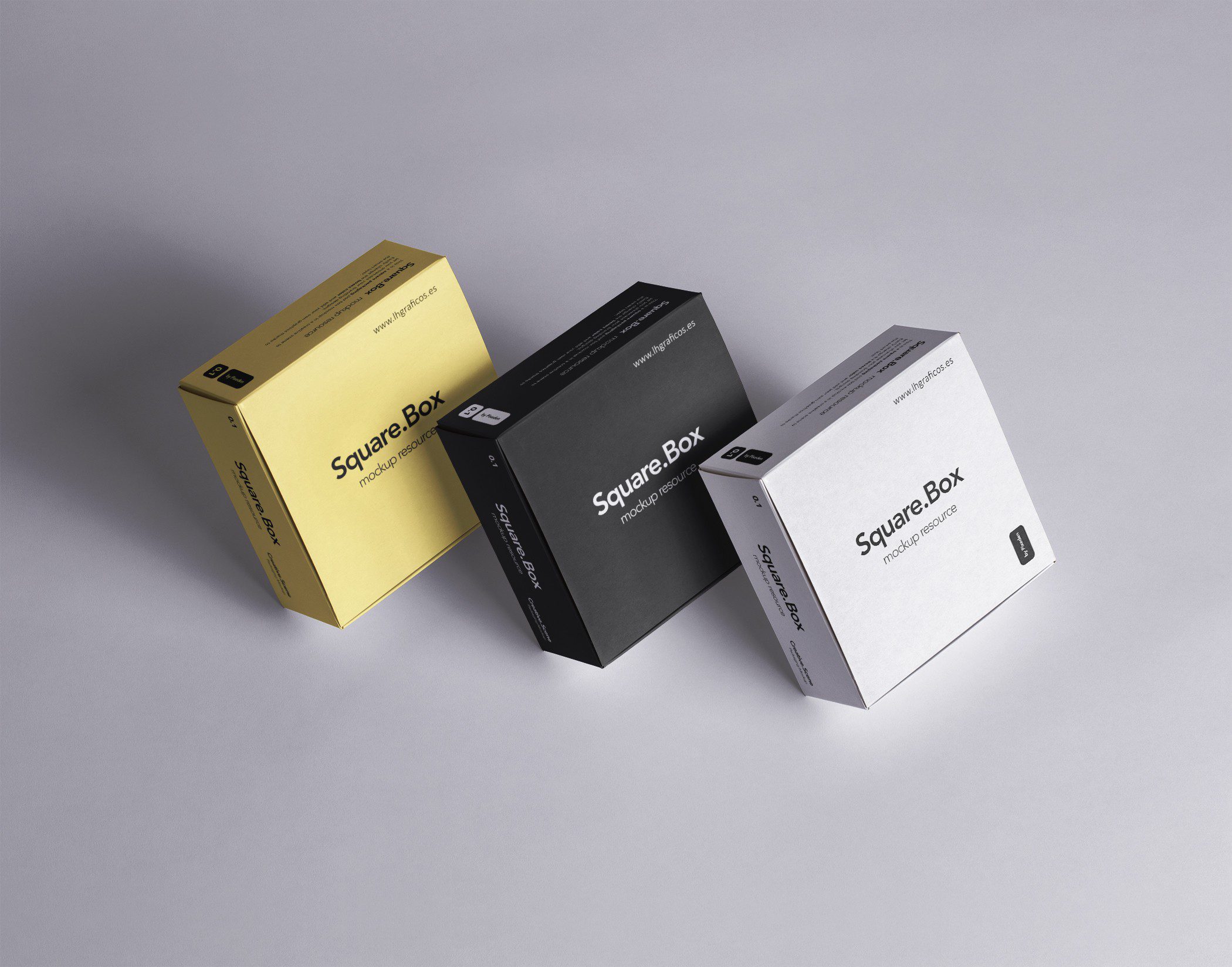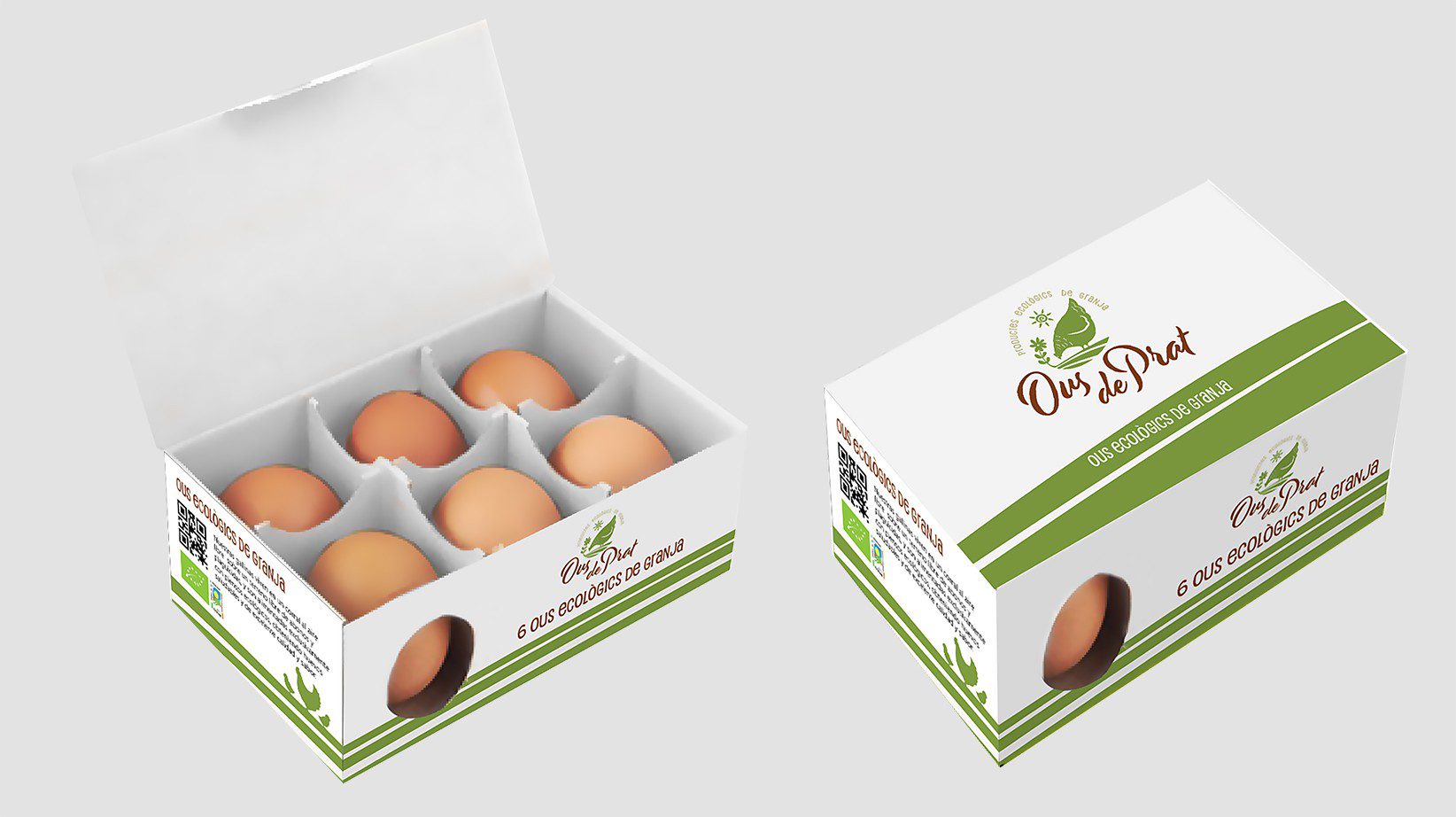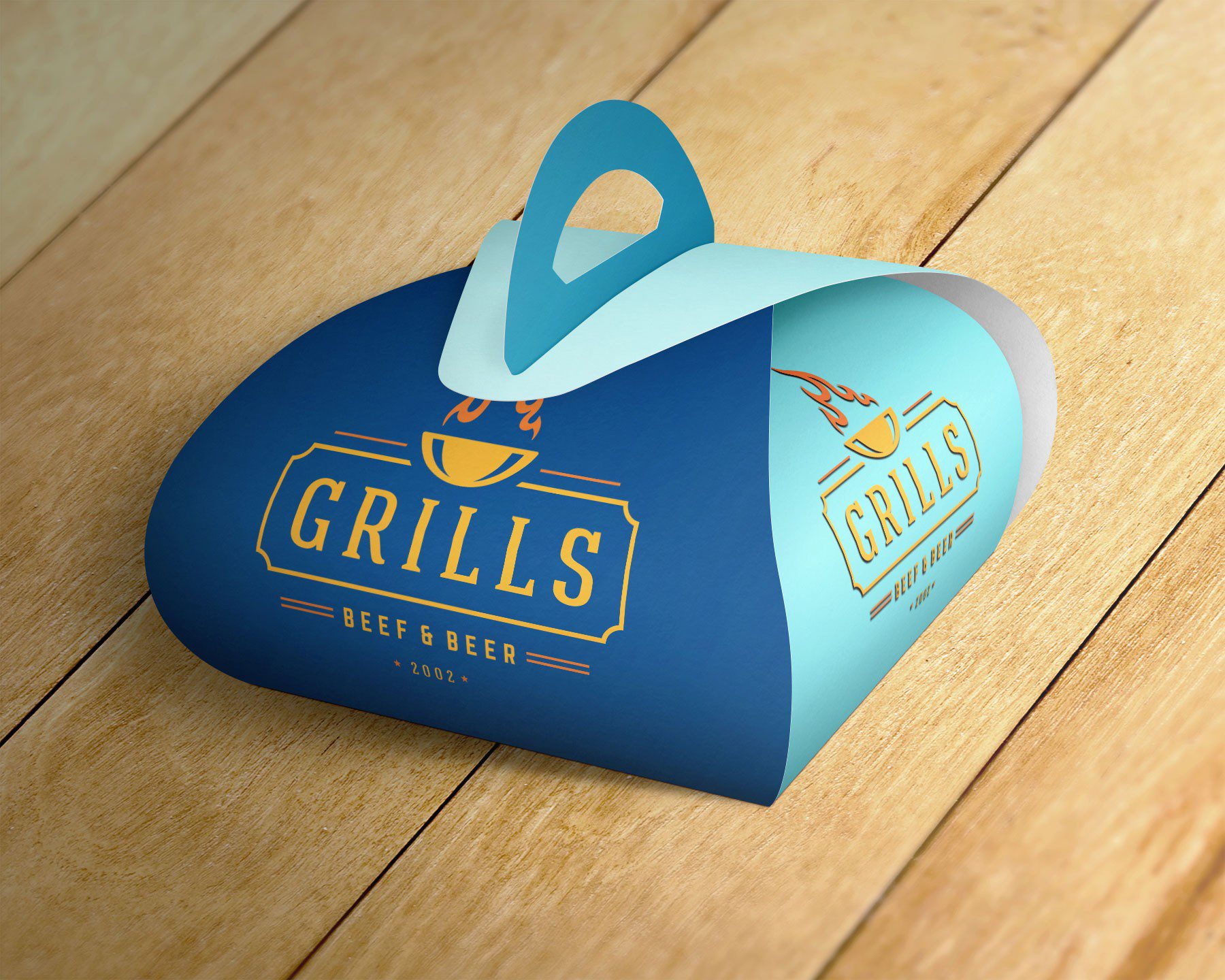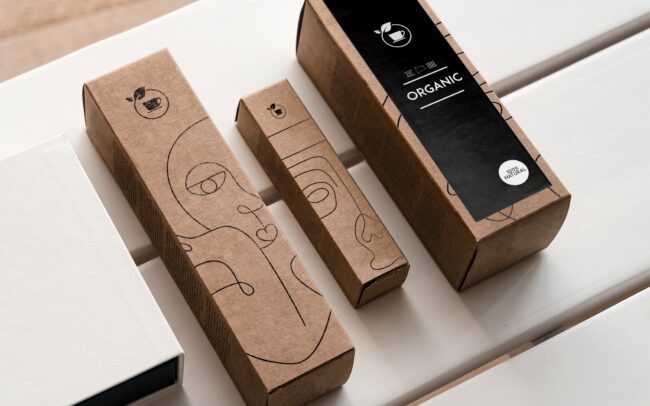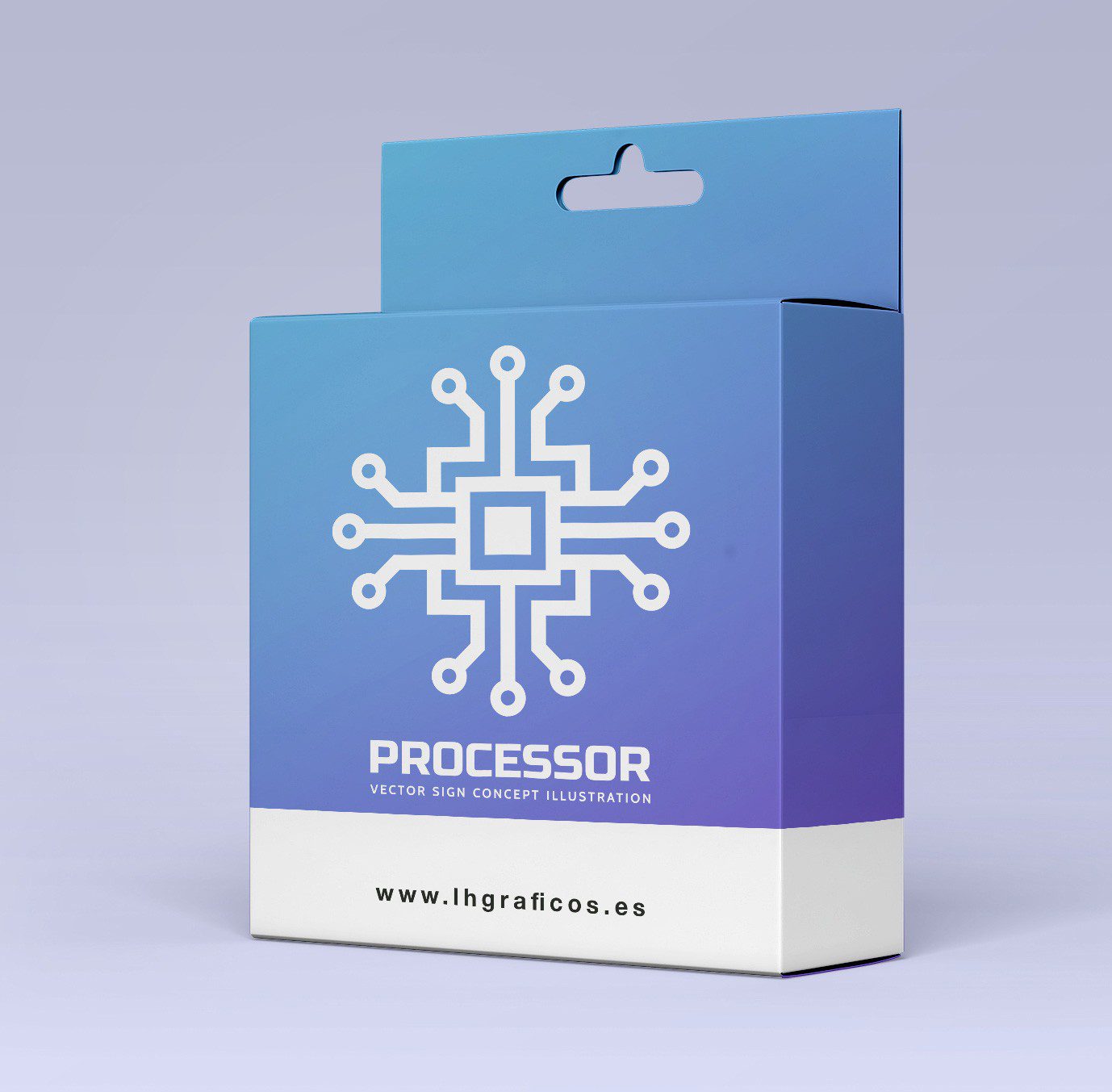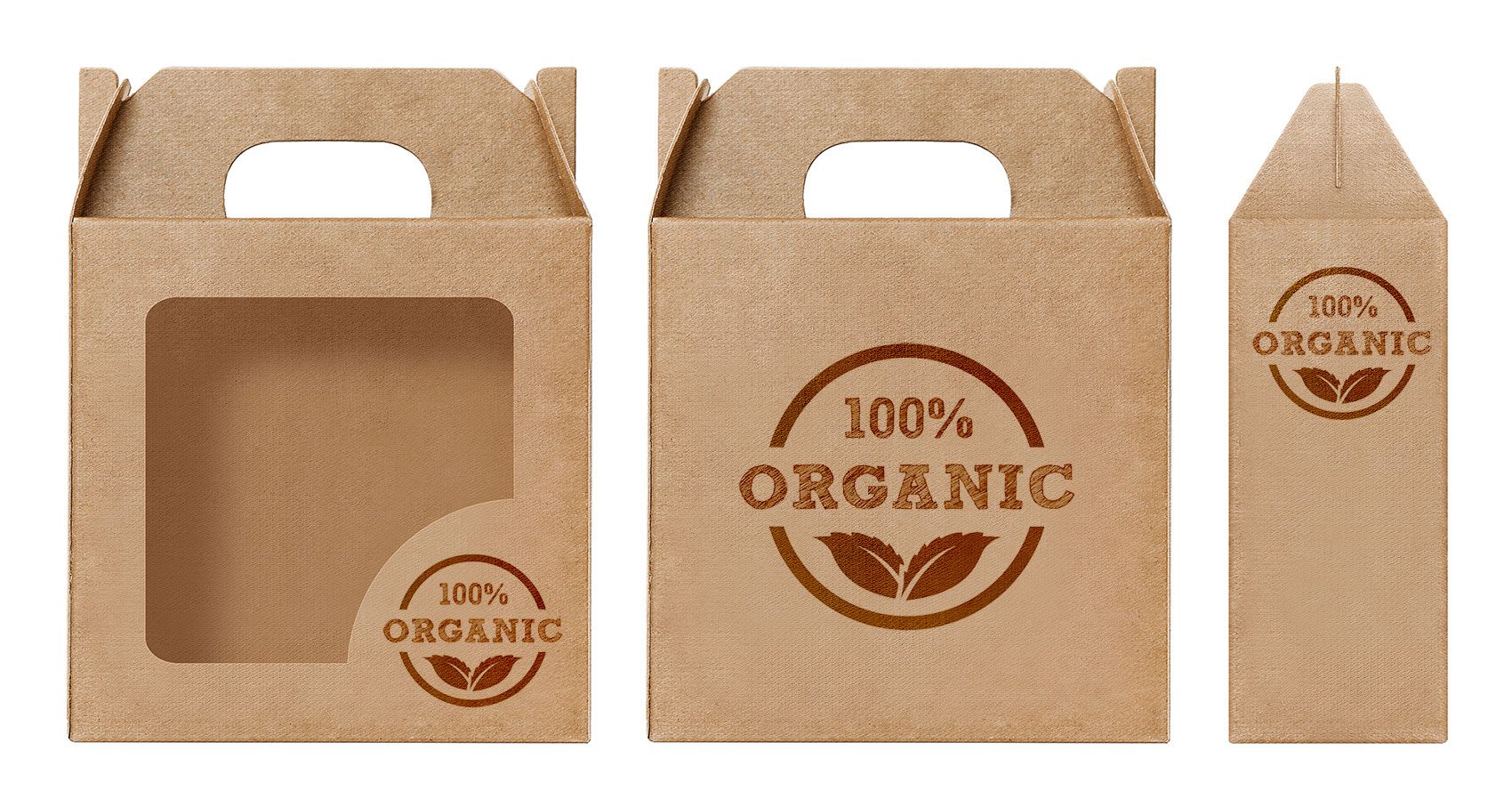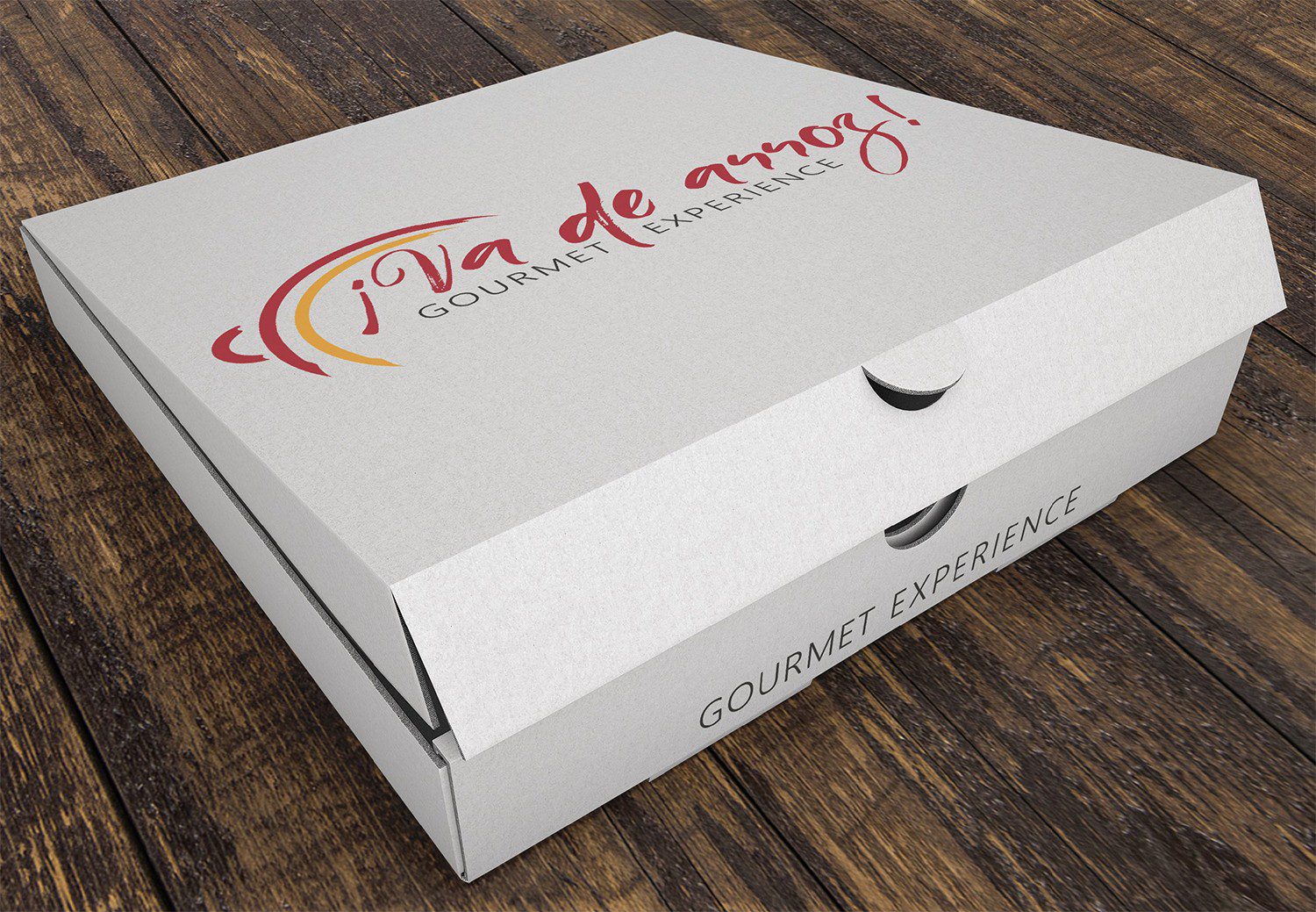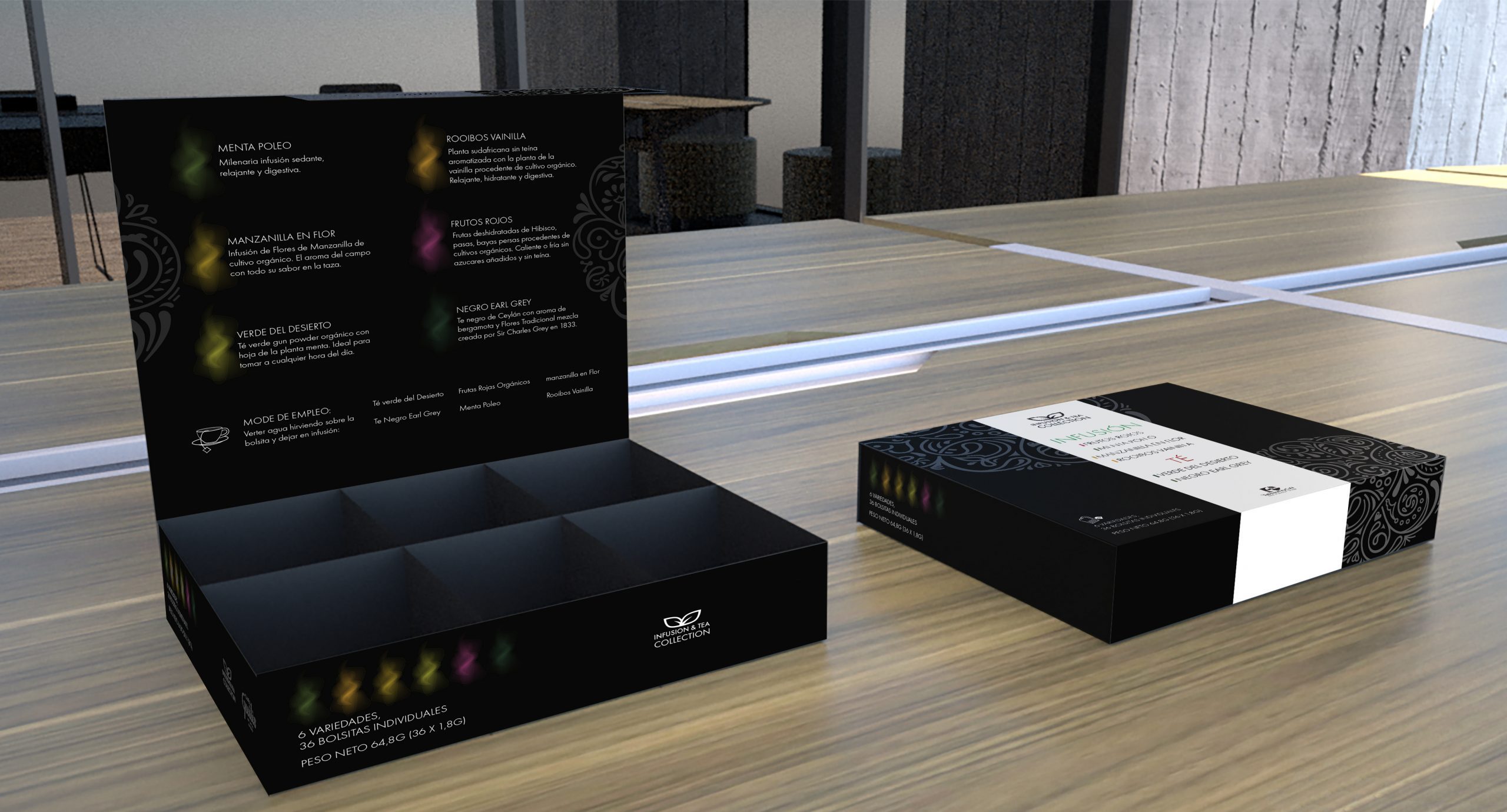Packaging and Label Printing Services
Custom Packaging & Printing Solutions Tailored to Your Brand
At LH Gráficos Madrid, we offer a wide range of packaging finishes, from essential options to premium enhancements. Our packaging production combines both Offset and digital printing techniques, using advanced processes such as printing, lamination, die-cutting, gluing, mounting, and foil stamping.
We provide tailored solutions to design and manufacture any type of packaging, including folding cartons, compact board, microflute cardboard, and more. Our production capabilities allow us to adapt to your project’s unique requirements, ensuring precision and top-quality results.
We collaborate with companies across sectors such as retail, distribution, nutrition, pharmaceuticals, cosmetics, and food, producing everything from branded boxes and custom sleeves to complete folding carton solutions. We understand that well-designed packaging is essential to communicate product quality and strengthen brand recognition in competitive markets.
Our commitment goes beyond production — we work with you to understand your packaging goals, plan accordingly, and deliver on time. With a streamlined workflow and detail-oriented execution, we ensure that every stage meets the highest standards, helping your business stand out through packaging that delivers both function and brand impact.
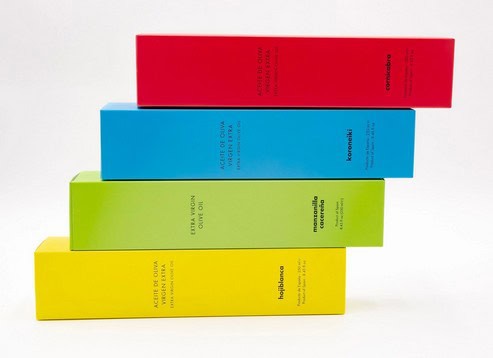
LH Gráficos is Your Packaging Printing Partner in Madrid
We deliver top-quality packaging with dedicated service — and offer a free, no-obligation packaging quote tailored to your project.
Packaging: The Key to Boosting Your Brand in the Market
Packaging plays a fundamental role in the presentation and protection of products. Its evolution has made it a key marketing and communication tool. Throughout this article, we will explore different facets of packaging, including its types, objectives, and the importance of sustainability. We will also address technological innovations and customization, crucial for standing out in a competitive market.
What is Packaging?
Packaging has evolved over time, becoming an essential tool for product presentation and marketing. Its relevance goes beyond merely protecting goods; it is a key element in connecting the product with the consumer.
Definition of packaging
Packaging refers to all materials and processes used to wrap, protect, and present products. It includes selecting suitable materials and designing the container, considering functionality and aesthetics. This process ensures products reach consumers in perfect condition and in an attractive way.
History and evolution of packaging
Packaging dates back to ancient civilizations, where natural elements were used to store and protect food. With technological advancements and the Industrial Revolution, packaging became institutionalized, incorporating new techniques and materials that improved its functionality.
Over the last centuries, packaging has evolved along a path marked by innovation. Since the late 19th century, companies began to recognize packaging not only as a protective tool but also as a marketing resource. Brands started designing packaging that ensured safety while attracting consumers with eye-catching and distinctive designs.
Importance of packaging in marketing
In today’s market context, packaging plays a fundamental role in a company’s marketing strategy. It acts as the first point of contact between the product and the consumer and can significantly influence the purchase decision. A well-designed package not only grabs attention but also communicates brand values and identity.
Key aspects of its relevance in marketing include:
The need to stand out in a saturated market.
Its impact on perception and customer experience.
Its capacity to convey key product information.
Moreover, good packaging can create an emotional connection with the consumer, making them feel more attached to the brand. This is especially important in a competitive environment where consumers seek products that align with their values and preferences.
Types of Packaging
There are different types of packaging, each with specific functions and characteristics. Choosing the right type is essential to ensure product protection, presentation, and consumer interaction.
Primary packaging
Primary packaging refers to the container in direct contact with the product. This type of packaging is essential for the preservation and immediate consumption of the item. Its design must safeguard the product and enhance the consumer experience. Examples include:
Water bottles
Jam jars
Cookie packets
Medicine blister packs
The quality and design of this type of packaging are directly related to brand perception and can influence the purchase decision.
Secondary packaging
Secondary packaging groups several primary packages. Its main function is to protect and promote products during transport and storage. It helps with shelf display and presents products attractively to consumers. Examples include:
Boxes containing multiple bottles
Cardboard packaging grouping several similar products
Labels accompanying primary packages
This type of packaging is vital for logistics, ensuring products reach their destination in optimal condition.
Tertiary packaging
Tertiary packaging is mainly used for transporting and storing products already grouped in secondary packaging. It is robust and designed to withstand harsher conditions during handling and shipping. Examples include:
Wooden or plastic pallets holding stacked boxes
Large boxes for mass shipping to wholesalers
Industrial containers
Choosing the right tertiary packaging is crucial for efficient distribution and reducing damage in the supply chain.
Differences between primary and secondary packaging
The differences between primary and secondary packaging are clear and focused on their specific functions in the product lifecycle:
Contact: Primary packaging is in direct contact with the product, while secondary groups several primary containers.
Function: Primary packaging aims to protect and facilitate immediate use, while secondary focuses on protection during transport and shelf presentation.
Design: Primary packaging is usually more attractive to draw consumers, while secondary may be more functional, though it can also have branding elements.
Understanding these differences is key to developing an effective packaging strategy that maximizes protection, presentation, and brand communication.
Objectives of Packaging
Packaging has multiple purposes essential to a product’s market success. Through its design and functionality, it fulfills critical roles in protection, presentation, communication, and providing product-related information.
Product protection
The primary goal of packaging is to ensure product protection. Effective packaging prevents damage during transport and storage, ensuring the item reaches the consumer in optimal condition. This is crucial for fragile, food, or sensitive products.
Minimizes breakage or deterioration.
Preserves product quality over its shelf life.
Facilitates efficient handling and distribution.
Presentation and aesthetics
Product presentation is vital to attract consumer attention. Packaging design must be functional and visually appealing. Good aesthetics can influence first impressions and, consequently, the purchase decision.
An attractive design can stand out in a saturated market.
Colors and shapes should reflect brand identity.
Well-designed packaging can enhance the shopping experience.
Communication and branding
Packaging serves as a communication channel with consumers. Through it, brands convey identity and values, aiding the branding process. This emotional connection can be key in customer loyalty.
Informs about the company and its philosophy.
Incorporates logos and slogans that reinforce brand image.
Facilitates brand recognition at the point of sale.
Consumer information
Providing relevant information via packaging is essential. It should include details such as usage instructions, ingredients, nutritional data, and ecological aspects to help consumers make informed decisions.
Labels should be clear and easy to understand.
Transparency about product components builds trust.
Includes recycling or proper disposal recommendations.
imprenta packaging

Servicio de impresión de packaging en Madrid por la imprenta LH Graficos
Service Type: Impresión packaging
Currency: €
Custom Packaging in Madrid: Boost Your Brand Presence 🇪🇸
Custom Packaging Madrid is now pivotal for businesses aiming to stand out in a competitive market. Local printing houses and custom packaging suppliers offer tailored solutions—boxes, bags, labels—adapted to every project.
📦 Why Custom Packaging Matters
Brand differentiation: Unique packaging design creates a memorable unboxing experience and emotional connection with consumers.
Product protection: High-quality packaging ensures durability and safety from warehouse to sale.
Sustainability sell: With growing eco-conscious trends, eco-friendly packaging Madrid—like recycled paper and biodegradable materials—is in demand.
🌱 Sustainability & Eco-Friendly Packaging
Madrid’s printers now prioritize sustainable packaging solutions, using recycled cardboard, FSC-certified materials, and eco inks. This aligns with consumer preferences and reduces environmental footprint—key for brand reputation.
🚀 Innovation with Digital Printing
Digital printing enables quick-turn custom packaging with high-resolution graphics and low minimum orders—ideal for startups, campaigns, and seasonal products.
🎯 Applications Across Industries
From food & beverage to cosmetics, fashion, and tech, custom packaging in Madrid serves diverse sectors:
Cosmetics & skincare: elegant custom boxes with premium finishes.
Food & delivery: robust, eco-conscious folding carton packaging.
Retail & e-commerce: branded mailer boxes and shipping packaging.
This post is also available in:
Français (French)
Português (Portuguese (Portugal))
Español (Spanish)

